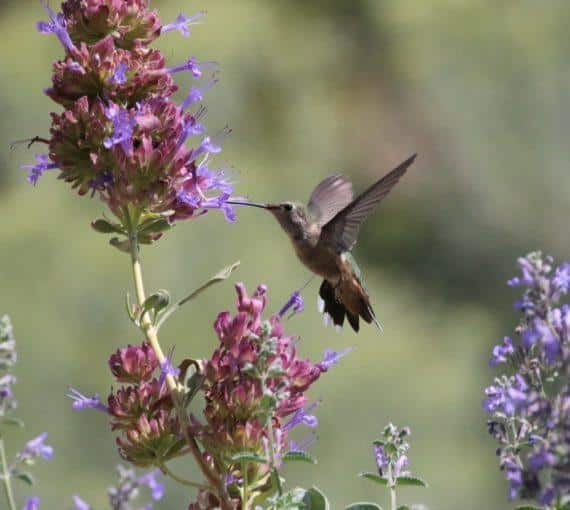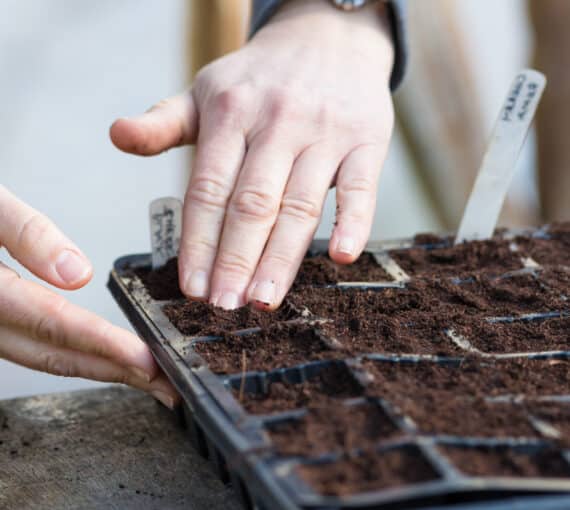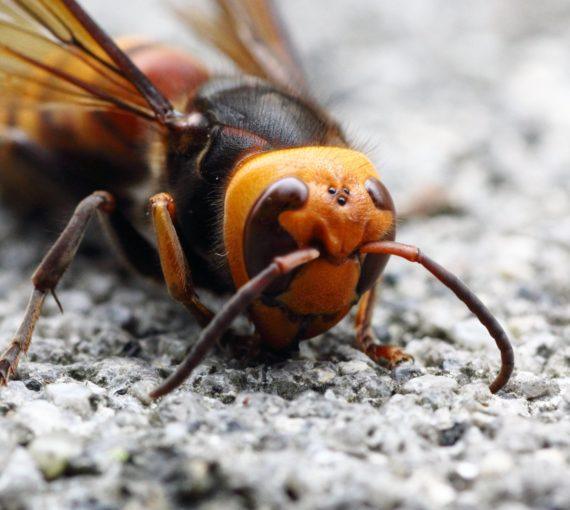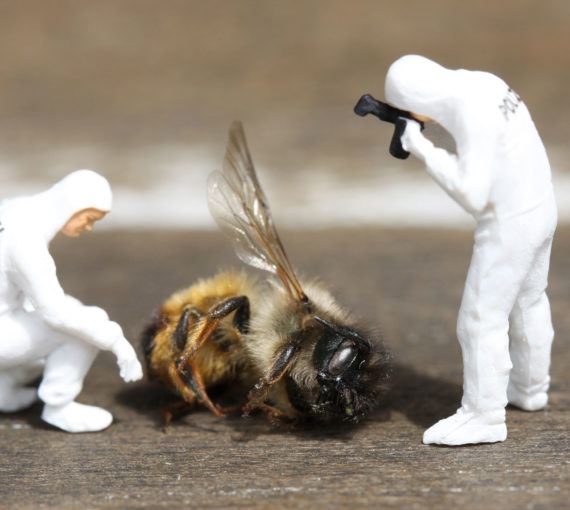Insects are in deep trouble. But there is hope.
Most Canadians have heard about the decline of monarch butterflies and the perilous plight of honeybees. When these much-celebrated insects began to disappear from the landscape, we noticed.
At the same time, scientists worldwide were beginning to document the quiet, dramatic decline of a multitude of insect species. From eye-catching fireflies and bumblebees to less-alluring critters like beetles and worms, invertebrate species have declined 45 per cent over the past four decades.
Pollinators are a good indicator of the health of an ecosystem, but right now, they’re losing the fight against habitat loss and climate change.
Jode Roberts, Senior Strategist, Projects
Why are pollinators dying?
“Insectageddon” has many causes.
Reckless use of pesticides and transformation of farmland into bleak, massive monocultures have displaced and harmed countless species. Coupled with the loss of natural habitat due to sprawling human-built landscapes and the changing climate, this is putting insects at risk, according to many experts. It is eerily similar to the “silent spring” scientist Rachel Carson observed in the 1960s when widespread pesticide use was killing millions of songbirds.
Get to know some wild bees in Canada!
Mason bees
Mason bees use mud to make nests in holes and cracks in wood and masonry.
Sweat bees
Colourful, sometimes metallic green, sweat bees nest in the ground.
Leafcutter bees
Solitary leafcutter bees make nests from chewed-up leaves.
Why are pollinators important?
Insects make up two-thirds of all life on Earth. It is estimated that wild insects provide ecological services worth $57 billion annually. More importantly, these species are irreplaceable parts of the natural world. Insects are a key food source for birds and fish and play a vital role in forests and fields as decomposers. They also ensure that plants and crops flourish. Over three-quarters of wild flowering plants and one-third of the food we eat depend on insect pollination.
Dwindling bee and butterfly numbers should be a compelling enough reason for action, but the story of Canada’s pollinators is complicated by the European honeybee. It’s an introduced species, managed like livestock. They’re good pollinators, but many of Canada’s native bees are more effective, yet they fly largely under the radar.
Insects around the world
45 per cent
Invertebrate species have declined 45 per cent over the past four decades.
$57 billion
Wild insects provide ecological services worth $57 billion annually.
Three-quarters
Over three-quarters of wild flowering plants and one-third of the food we eat depend on insect pollination.
How can we help pollinators?
Unlike imperilled species in far off wild spaces, many of the most threatened insects live close to home. Cities and suburbs can be surprisingly great habitat for insects, as long as we provide enough food, habitat and shelter.
More than 800 species of wild bee can be found in Canada, and at least a couple hundred live in our major urban areas. By tweaking how we build and manage our communities, we can play a vital role in bringing bees, butterflies and other essential insects back from the brink.
How do we bring nature home?
We can all help by providing habitat throughout the places we live, work and play.
The simple act of adding native plants to your garden or balcony is a great first step.
Local bees and butterflies are constantly seeking supplies of energy-rich nectar and protein-filled pollen that wildflowers, shrubs and trees can provide.
Bring nature home
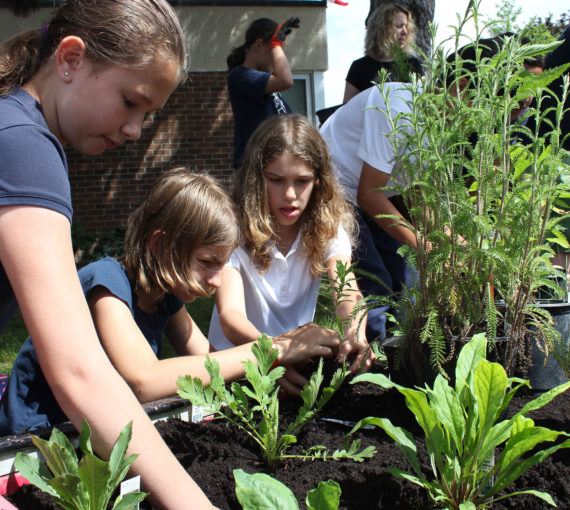
The Butterflyway Project
Since 2017, the David Suzuki Foundation’s Butterflyway Project has been helping residents create neighbourhood-scale corridors for butterflies and bees. Each year, we have recruited troops of volunteer Butterflyway Rangers with the goal of creating networks of citizen-led pollinator corridors.

Monarch Mayors’ Pledge
A tri-national program in the U.S., Canada and Mexico has seen more than 300 communities along the monarch migration route commit to creating monarch-friendly habitat through the Monarch Mayor’s Pledge.
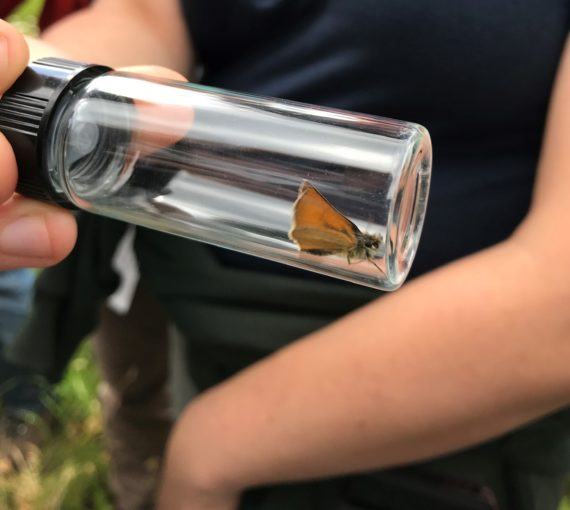
The BIMBY Project
More than 160 volunteers joined the Butterflies in My Backyard (BIMBY) project in 2021. The B.C.-based citizen science campaign is hosted by the David Suzuki Foundation on the iNaturalist platform. BIMBY volunteers worked alongside UBC zoologist Michelle Tseng and UBC Botanical Garden associate director Tara Moreau to observe and collect data on B.C. butterflies. Their goal was to help find endangered and prevalent butterflies and better understand their relationship with native plants.
